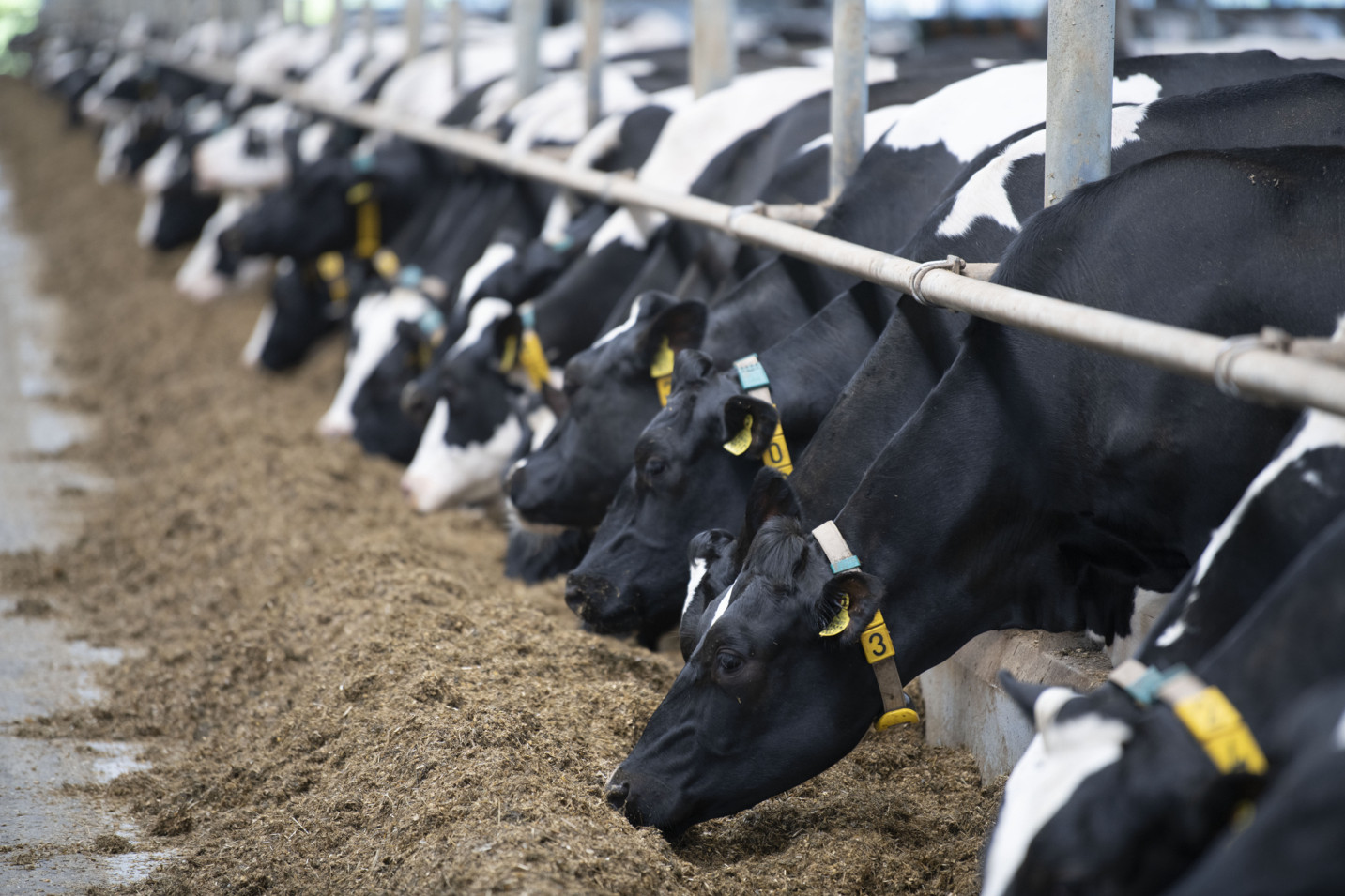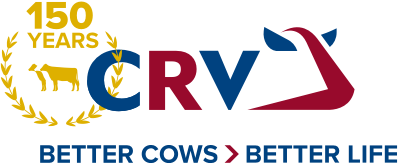“Many of the livestock farmers that receive advice from Liba have relatively intensive farm management. They therefore have to purchase a major proportion of the feed and immediately notice the impact of the feed price increases over the past year. In addition, the high milk price encouraged farmers to convert feed into as much milk as possible. We have developed a calculation tool which enables them to monitor the feed balance (i.e.: milk yields minus feed costs) at their farms and compare these with those of fellow dairy farmers. I use that a lot in farm consultancy. This tool also calculates the feed efficiency as kg of (fat and protein corrected) milk per kg of dry matter feed. After all, this index has a huge impact on the feed balance.”
Farm consultant and dairy farmer Niels Achten about feed efficiency: “The economic importance of feed efficiency is steadily growing”

As a strategic and technical farm consultant, almost every day Niels Achten speaks with dairy farmers in the Netherlands and Flanders about ways of optimising their farm management. Niels works at consultancy firm Liba and, along with his parents, operates a dairy with 280 cows. He can therefore directly link the numbers on paper to his own practical experience.
There is increasing interest in feed efficiency. Why is that?
What strikes you about these figures?
“In practice, we see major differences in feed efficiency between farms. Of course, conditions on farms are not directly comparable. For example, a dairy farmer with an extensive farm will want to feed more roughage to the cows than a farmer with an intensive farm, resulting in slightly lower milk production and feed efficiency. But we also see differences between farms with comparable farm management. This indicates that many dairy farmers still have opportunities to increase the feed efficiency on their farms.”

Niels Achten: “In practice, we see major differences in feed efficiency between farms”
What can farmers do to improve feed efficiency?
“The efficiency with which a herd converts feed into milk is the result of the farmer’s management. If the cows are healthy and happy, have a low cell count and walk at a good pace, the feed efficiency is usually fine. Good fertility – i.e. an appropriate calving interval – also contributes to high feed efficiency. After all, fresh cows produce more efficiently than cows at a late stage of lactation. With high milk production per cow, the feed efficiency is actually always also high. That is because high-yielding cows require relatively less feed for body maintenance. And, of course, a correct ration is an essential condition for enabling cows to use the feed efficiently.”
How do you see the importance of feed efficiency in the future?
“As well as a direct financial interest, farmers also have an indirect interest in good feed efficiency. That is because this index also says something about the sustainability of the farm management. Cows that are producing efficiently make good use of scarce raw materials for the production of food for humans. In addition, cows with a high feed efficiency also have a high nitrogen efficiency, which translates into lower nitrogen losses per kg of milk. Furthermore, the efficiency at which feed is converted into milk is also linked directly to the carbon footprint per kg of milk. Dairy processors will increasingly focus on this index and financially reward farms that score well. Through this development, the economic importance of good feed efficiency will only increase further.”
Niels Achten: “Many dairy farmers still have opportunities to increase the feed efficiency on their farms”
CRV FeedExcel, breeding for feed efficiency to ensure sustainable and profitable dairy farming
In a world of rising costs, stricter regulations, and resource scarcity, farmers are under increasing pressure not only to feed a growing global population, but to do so sustainably.
CRV recently introduced FeedExcel. FeedExcel represents the proven breeding strategy for developing a herd that produces higher milk yields, requires less feed, achieves higher profitability and has lower emissions.
Bulls branded with this quality mark are guaranteed to sire highly productive and healthy daughters with extended longevity that efficiently convert feed into milk. Farmers using FeedExcel bulls can expect to end up with a herd having better income/feed costs ratio and fewer emissions.
Do you want to increase your revenues by breeding for feed efficiency? Read more on the FeedExcel webpage.
